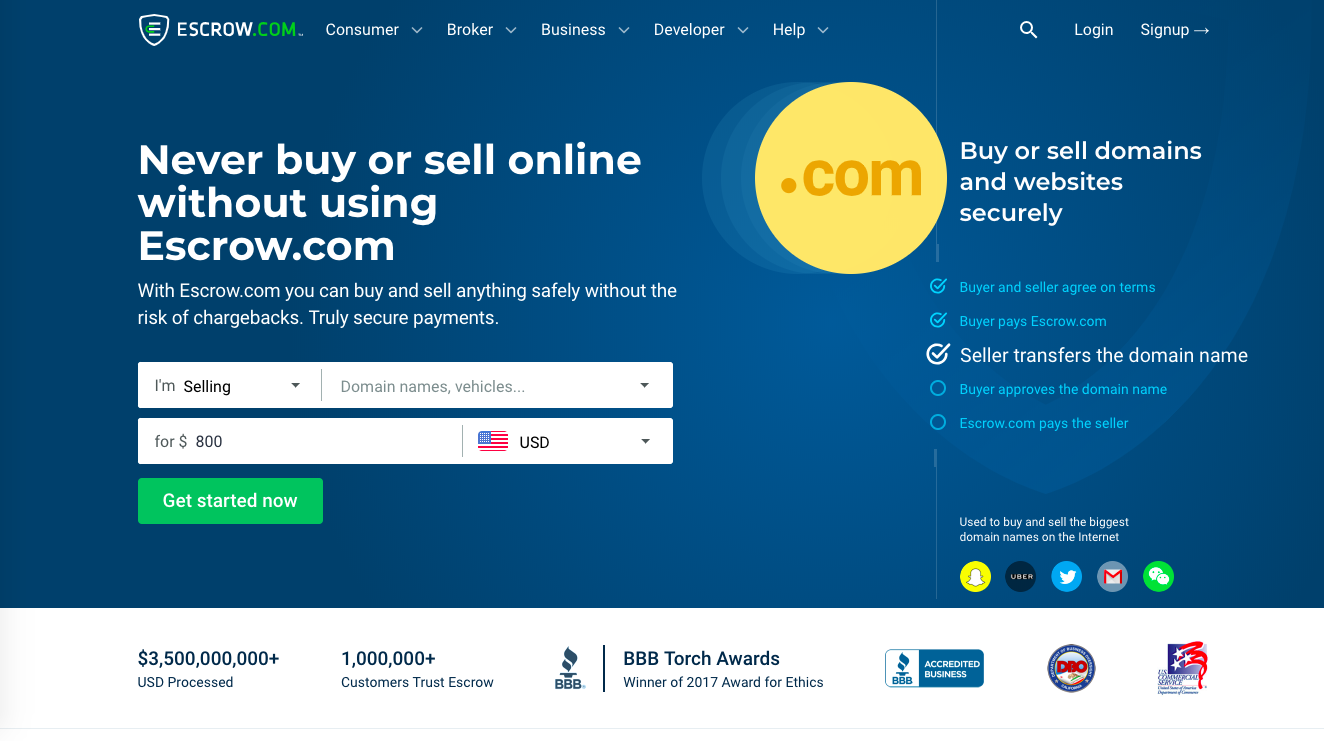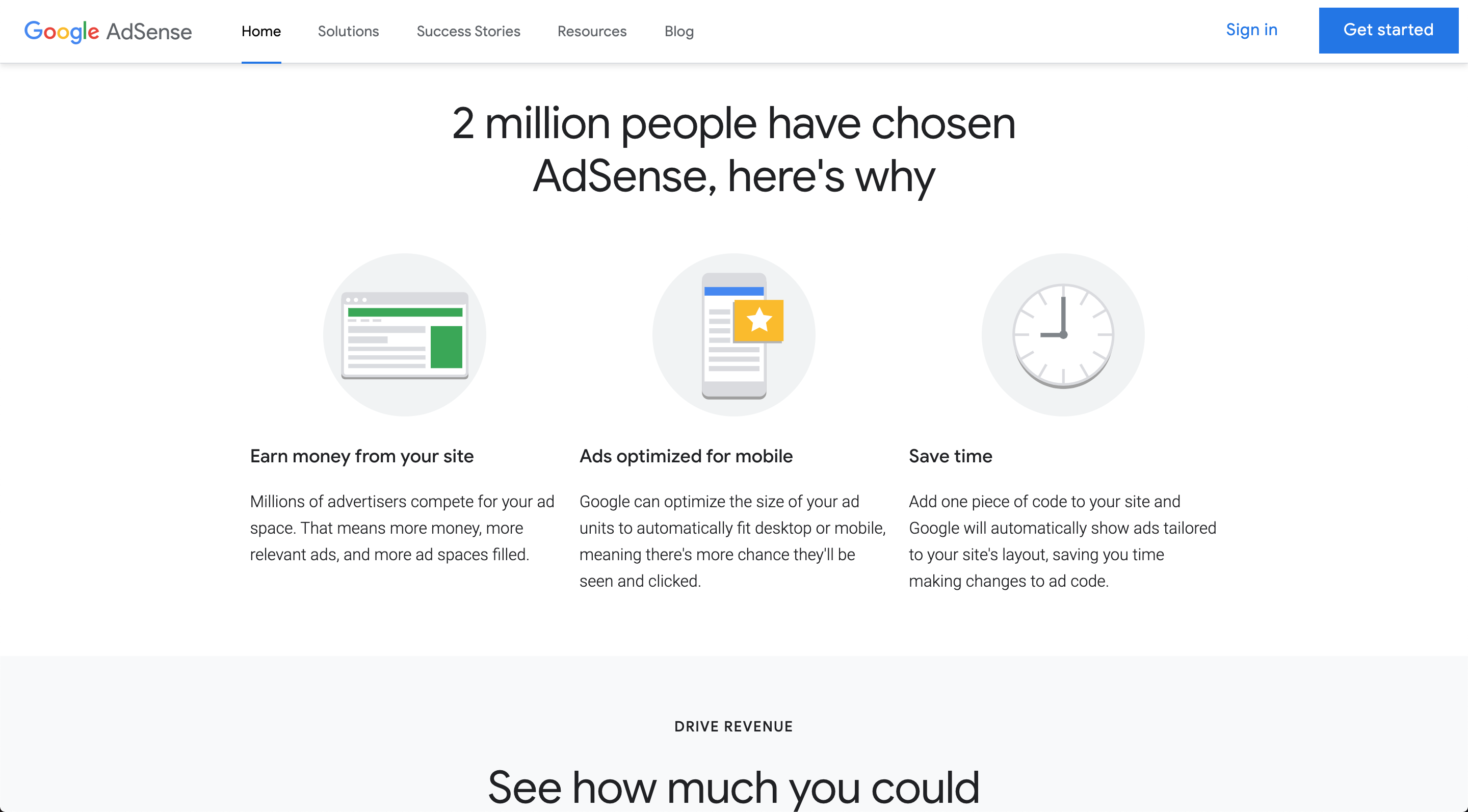Very few bloggers launch their sites with the ultimate intention of selling them. At first, starting and growing a blog is a labor of love. Creating compelling content, developing connections with readers, and discovering new ways to share that creative expression. And of course, the income that a successful blog generates is icing on the cake.
Unfortunately, after years of blogging, the feeling of fulfillment fades. The creative spark dims and the enterprise becomes almost all labor and very little love. At that point, it may be time to consider bringing the blog to a logical end and moving on to pursue new creative endeavors. It can be painful to walk away from a source of steady income. But, if your blog is popular enough, you may not have to forfeit your investment.
It’s not unheard of for a popular blog or website to sell for four- or five-digit price tags. However, you’ll need to take some critical steps early in the life of your blog to set yourself up for a successful sale down the road.

Building a Blog with Worth
As you prepare to launch your blog, make sure it checks the following boxes if you want it to have lasting value. Is your blog is well-established at this point and it doesn’t meet these criteria? If so, consider whether you want to continue pouring yourself into your existing project. Alternatively, it might make sense to start from scratch.
Pursue your passion
It sounds cliché, but it’s essential to write about a topic that interests you—something that lights up your creativity and motivates you when things get hard. If you choose a niche or topic based on current trends or potential earning power and not your personal interests and beliefs, writing about it will become a burden before you know it. Not only that, but readers can sense insincerity, which will severely limit your ability to grow an audience.
Don’t go too broad or too narrow
Be sure to choose a subject matter area with some depth that will allow you to grow and dig into a wide variety of topics, but don’t choose something so broad that you never get beyond the generic. Choosing too broad a field can also put you in direct competition with established blog behemoths, making it difficult to find your footing.
Don’t get caught up in trying to reach number one
It’s great to have big goals, but don’t run yourself ragged trying to dominate your niche. Even if you rank a few spots down the list, it’s still entirely possible to be successful, cultivate a respectably-sized audience and earn good money while doing it.
Start with a solid monetization strategy
Unless you’re blogging entirely for fun, with no aspirations of ever earning a dime from your posts, go into your blogging endeavor with a well-thought-out plan for how you expect to make money. And if you’re not earning a steady income from your blog, the chances of ever selling it are essentially zero.
Self-publish on WordPress with your own domain name
WordPress is the gold standard in blogging, with its ease of use and nearly infinite plugins and customization options. Having your own easy-to-remember domain name is essential for building your blog’s brand and creating value for potential future buyers.

Maximizing the Value of Your Creation
Fast-forward a few months or years down the road: whether you expect to continue managing your blog yourself or are considering selling it, taking the following steps will add value for both your audience and potential purchasers.
Create large quantities of compelling, relevant content
The primary purpose of any blog is to provide readers with information that helps solve some problem in their lives, so at the very least, your posts should be accomplishing that goal. In addition to that intrinsic value, your content needs to produce measurable monetary value, whether it’s through keywords that generate high-volume traffic that clicks on your ads or whether you build relationships with sponsors and affiliate links that pay off over time. Find a method that gets results and then create content accordingly.
Design a blog that readers can navigate, comment on and subscribe to with ease
Even if your content is off-the-charts amazing, bad design will drive away readers and diminish your ability to earn revenue through your blog. Make sure your blog is laid out in such a way that readers don’t have to spend time and energy searching for what they want. Navigation and organization elements should be simple and intuitive, and each post should include easily identifiable ways to comment and share your content through email, social media, and other channels.
Respond to every reader comment or email
Your readers come to your blog not only for information, but to feel like they’re part of a community. When they leave a comment on a blog or social media post, engage them in conversation. If they email you or send you a private message, take the time to provide a thoughtful response. Show them you’re listening and that their opinions and ideas matter to you. These interpersonal connections are the secret sauce that creates loyal readers for life.
Use Google Analytics to monitor your stats
The information you can glean from Google Analytics is priceless, even if you have no intention of ever selling your blog. Your statistics will tell you which topics, keywords and graphics readers are responding to and which are falling flat, giving you the opportunity to improve your content. Discovering you have an unusually high bounce rate or that the majority of your advertising income is being generated by just one or two posts means you need to do some additional investigation to find out why and then make the necessary adjustments to your approach.
If selling your blog is something you plan to do, then there’s no getting around the fact that prospective buyers will want to see your statistics over an extended period of time (not just a couple of months). If you can’t provide hard evidence of your blog’s popularity and earning potential, chances are you won’t be able to make the sale.
Consistently spend time connecting with other bloggers
Do you spend 20 hours a week writing posts and promoting your content? If so, at least four of those hours should be devoted to interacting with other bloggers on their home turf. Leave thoughtful, relevant comments on other blogs in your niche. Take time to share someone else’s great blog post on your own social media.
Offer to do guest posts on other blogs and invite the site owners to do the same on yours. These relationships represent measurable investments in your own blog. This will ultimately help you attract new readers and boost your search engine rankings. You will also develop your reputation as a thought leader in your field.

Successfully Selling Your Blog
If you’ve decided the time has come for you to pass the torch to a new owner, the information below will guide you step-by-step through determining a sale price, drafting an effective sales pitch and closing the deal with potential buyers.
Leverage data to determine the value of your blog
Your first task in pricing your blog is deciding how much you are willing to accept for your blog, a process known as valuation. Valuation involves determining the answers to three primary questions:
- How much income does your blog generate? Is the income steady, or does it spike and drop frequently?
- What is the lowest amount you’ll accept for it? Your blog may only generate a modest profit, but you may perceive its value as much higher due to the long-term emotional investment you’ve made in it. Potential buyers won’t have the sentimental attachment to it that you do, so know your bottom-line price before you start negotiating.
- How much is a buyer willing to pay for your blog? Ultimately, this is the answer that matters most. As a general rule, a website’s value is considered roughly equal to the amount of revenue it generates in a year. If your blog earnings average $1,000 per month, you can reasonably expect to ask around $12,000 for it. However, popular blogs with strong brand value have been known to sell for as much as two years’ worth of revenue. Weigh your blog’s value objectively and price accordingly.
Make sure your site is ready for “showing”
Much like selling a house, you want your blog to be in tip-top shape before you start advertising it for sale. Don’t post your listing until you’ve checked to make sure your links work, your coding is clean and your design is sharp. Visit the site from a computer, tablet and mobile phone to ensure everything loads correctly in every format.
Create a listing on Flippa

Flippa is considered the gold standard for selling websites, and it’s where buyers looking to acquire quality sites go first to assess their options. Other sites for transferring websites and domain names exist, but few enjoy the reputation for security and quality that Flippa does. You can promote the listing on social media and other forums, but these posts should all point back to the primary listing on Flippa.
In your listing, you’ll naturally want to present your blog in the best possible light, but resist any temptation to inflate your traffic or earnings numbers. Not only are you likely to be caught—Flippa veterans are pretty skilled at spotting fakes—but you also risk incurring legal action for misrepresenting the success of your site.
An effective listing should contain the following elements:
- An attention-grabbing title that communicates the benefits of your site, such as high page rankings, steady monthly income or growing traffic.
- Screenshots of your statistics as proof of income, rankings and traffic, as well as screenshots of one or two of your most popular posts.
- Copy that goes beyond listing the features of your blog and communicates how your blog can help the buyer achieve his or her business goals.
- Pricing that slightly exceeds the estimated value based on annual revenue. This approach implies a high level of quality and helps pique buyers’ interest; it also creates a good starting point for negotiations.
Additional tips for maximizing your Flippa listing
- Pay for placement on the home page. It’s costly but effective.
- Be professional when creating your listing and responding to inquiries. Avoid using abbreviations, acronyms or emojis. You want prospective buyers to take you seriously—after all, you’re asking them to pay a hefty sum for your product.
- Be responsive to questions from potential buyers. If you take a long time to answer them or if the Q & A section of your listing is empty, it can scare browsers away.
- Share your listing elsewhere, including social media, and reach out to other bloggers and marketers in your niche.
- Be patient. As with other auction sites, many times buyers wait until a listing’s final hours to make an offer.

Use Escrow.com to protect your sale
Congratulations! You’ve received an acceptable offer for your site and are ready to complete the transaction. If the selling price of your site exceeds $5,000, you should always use Escrow.com to process the sale and ensure that you receive the funds you’re due. The site works like this:
- You and the buyer negotiate and agree on the terms of your sale.
- The buyer makes the payment to Escrow.com.
- You transfer the domain name, which the buyer then approves.
- You receive your funds from Escrow.com.
The site’s fees are based on the amount of the transaction and method of payment. For example, if you’re selling your site for $5,000 and the buyer is paying via credit card, Escrow.com charges a fee of $315. If the buyer pays via wire transfer, the same transaction is only $162.50.
It may be tempting to avoid these fees by processing your transaction through PayPal or Venmo, but you run the risk of having the buyer cancel payment after you’ve already transferred the domain name. In cases like that, repossessing your site possible, but it can be inconvenient and time-consuming. You can always negotiate the Escrow.com fees into your selling price if they’re a true pain point for you.

Do your homework on any tax obligations
Before you sink those funds into another project or use them to book a celebratory vacation, consult an accountant or your local tax office to be sure you understand any tax obligations the sale may entail, including whether the money will be considered income or capital gain. You’ll thank yourself when tax time rolls around next year.






